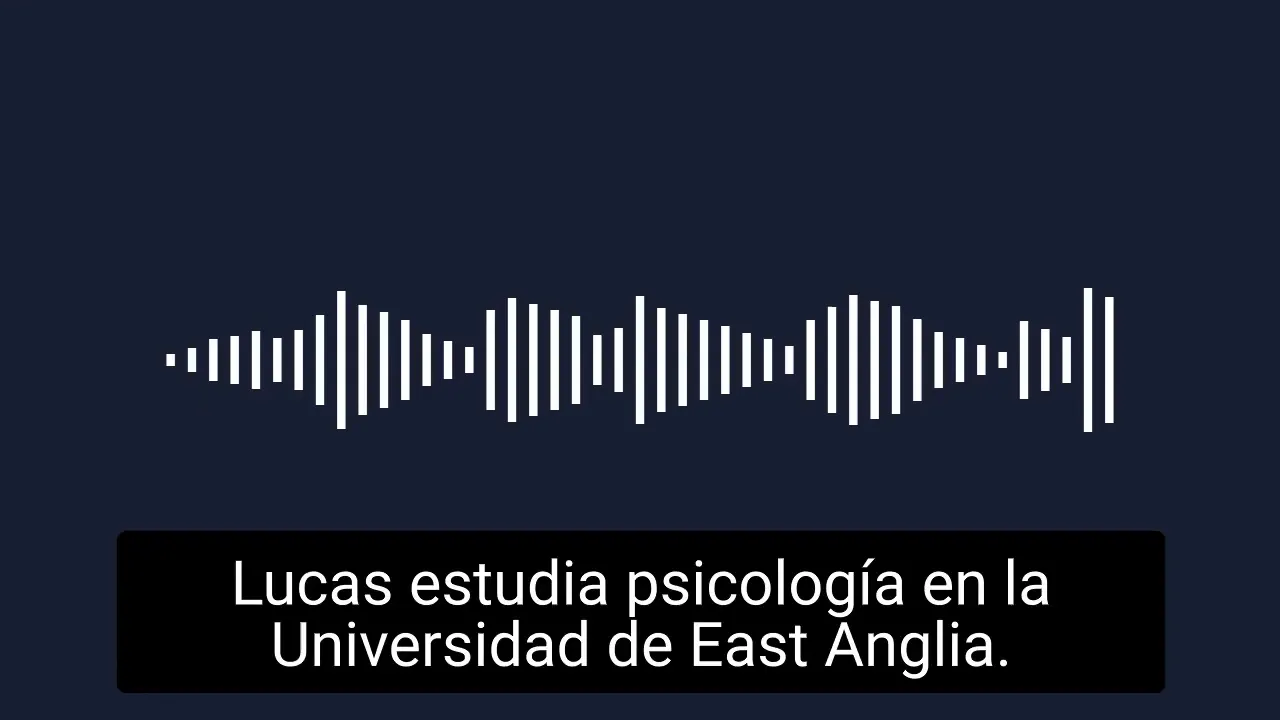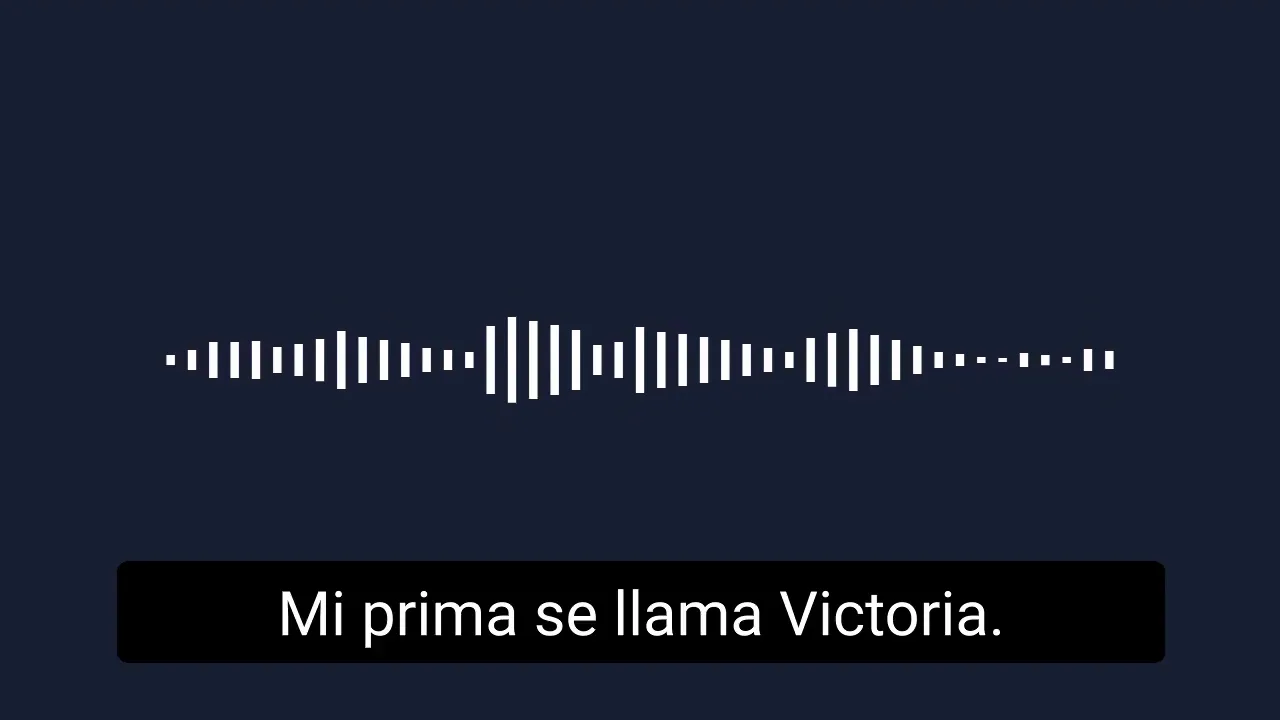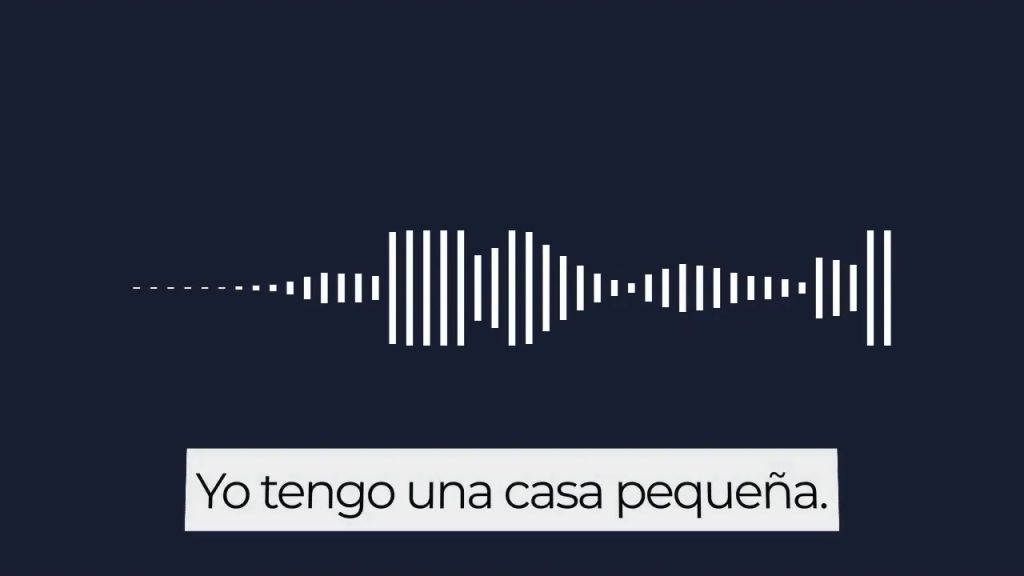Spanish speaking activities that focus on family are an excellent way to practice present tense verbs and adjective agreement. Below you will find clear Spanish examples used to describe relatives, plus simple English explanations and corrections. These sentences are perfect to use in role plays, partner interviews, or quick warm-up drills.
Why family vocabulary works for practice
Talking about family gives you immediate, meaningful content. You naturally use a lot of present tense verbs (like tengo, vive, tiene) and short descriptive phrases that force you to think about gender and number for adjectives. These are the same targets you would work on during Spanish speaking activities.
Key verbs to practise
- Tener — possession and age: “yo tengo dos padres” (I have two parents). Practice: ask and answer “¿Cuántos hermanos tienes?”
- Vivir — location: “Elizabeth vive en Houston” (Elizabeth lives in Houston). Practice: say where family members live.
- Ser and estar — identity vs. temporary states: “Julia es española” (Julia is Spanish) vs “Paul está en el laboratorio” (Paul is in the lab).
- Estudiar and other -ar/-er/-ir verbs — professions and activities: “Lucas estudia psicología” (Lucas studies psychology).

Adjectives: match gender and number
Adjectives must agree with the noun they modify. Use short drills to make this automatic. Try saying sentences about two family members, then change to singular or feminine forms.
“Julia es española pero también es británica.”
Explanation: The adjective endings change to match the gender of “Julia”. For plural: “mis padres están divorciados” (my parents are divorced) — note divorciados ends with -os for masculine plural.

Common mistakes and quick corrections
- Mixing ser and estar. Use ser for identity or origin (Ella es médica, Ella es venezolana). Use estar for location or temporary states (Paul está en el laboratorio).
- For possession, use tener not haber. Say “yo tengo dos perros”, not “yo he dos perros”.
- Adjective agreement: remember feminine words end in -a and plural adds -s (una estudiante británica, dos estudiantes británicas).

Practical Spanish speaking activities to try right now
- Interview a partner: ask five questions about their family (¿Dónde vive tu hermana? ¿Cuántos primos tienes?).
- Description swap: write three sentences about a family member, swap with a partner, and correct each other’s adjective agreement.
- Role-play phone call: pretend to call a cousin and describe who is at home using present tense verbs and adjectives.
- Quick flash sentences: say a Spanish sentence aloud, then change one element (number, gender, location) to force verb and adjective changes.

Put it together: short practice script
“Yo tengo dos padres. Mi padre es de México. Elizabeth vive en Houston y tiene un novio. Lucas estudia psicología en la Universidad de East Anglia. Yo vivo sola.”
Read the script aloud, then substitute different family members and locations. This simple exercise builds fluency and confidence for more advanced Spanish speaking activities.

Final tip
Start each practice session with two minutes of rapid-fire family sentences. Focus on accuracy first, then speed. With consistent short sessions you will notice adjective agreement and present tense verb forms becoming automatic — a huge win for any learner using Spanish speaking activities.
Hasta la próxima.
Building Proficiency for World Language Learners: 100+ High-Interest Activities
Discover over 100 dynamic activities to make world language learning interactive and fun. I wrote this book with some of my favorite activities for educators aiming to build proficiency with high-impact strategies.
Learn more and get your copy here.
5 Weeks of No and Low Prep Fun
Need quick, engaging activities for your class? This free guide includes 25 no-prep and low-prep ideas to save time while keeping students excited about learning.
Download your free copy now.
100s of videos to learn Spanish:

